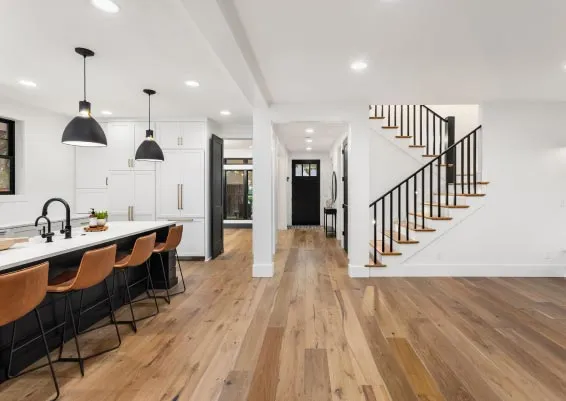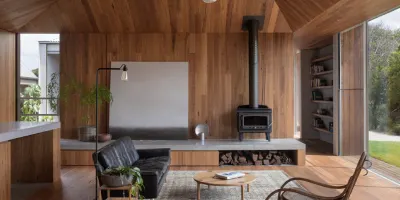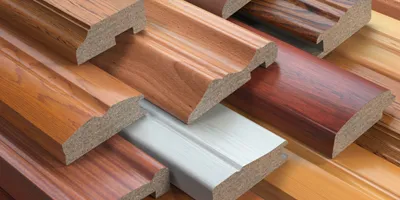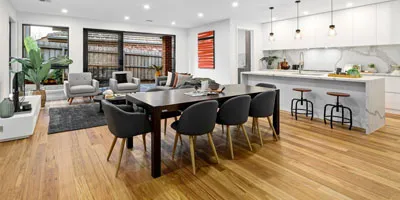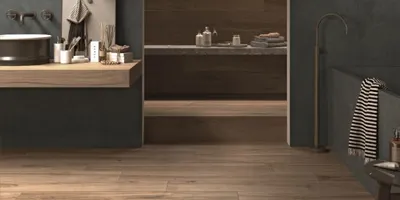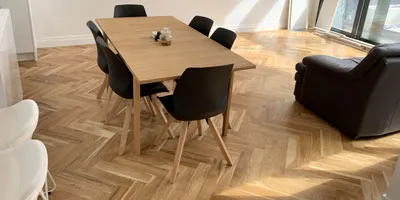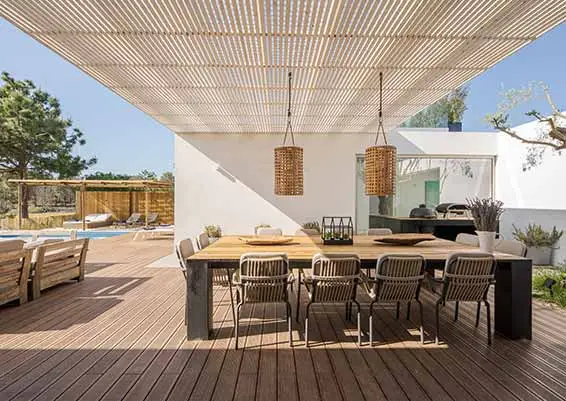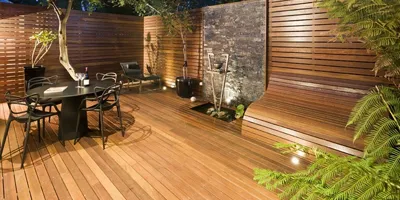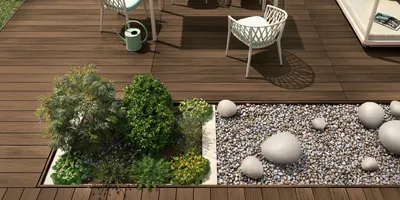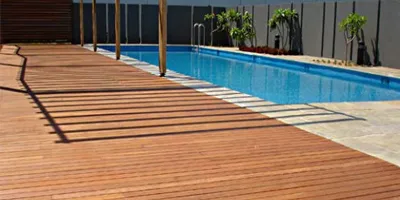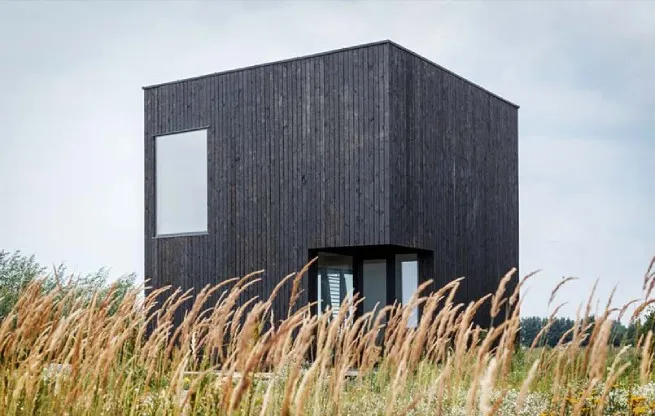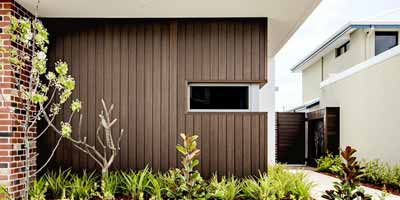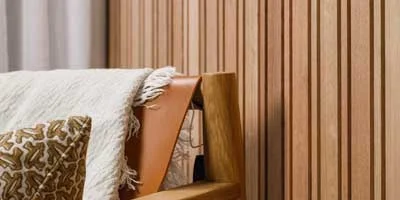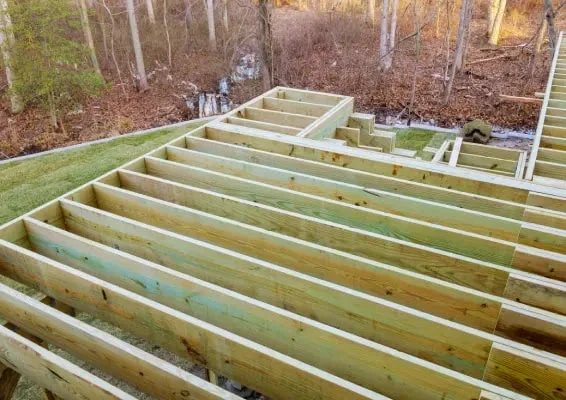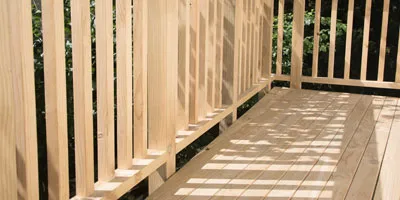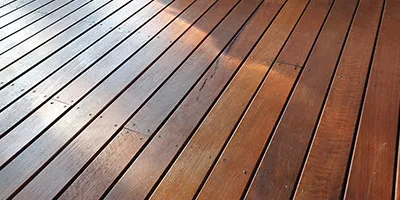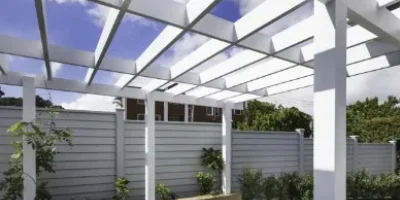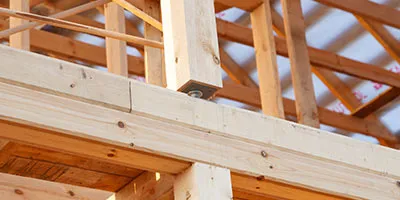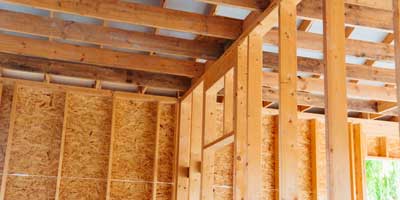Why Does Choosing the Right Composite Decking Matter? Best Tips
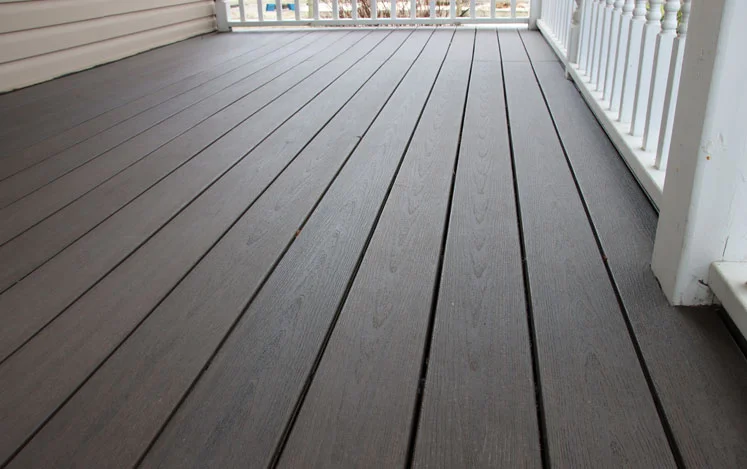
When it comes to outdoor decking, composite boards have become a clear frontrunner. Homeowners, café operators, and even commercial property managers often choose them for the same reasons: they look sharp, last for years, and don’t demand endless upkeep.
Unlike timber, which needs regular staining, sealing, and the occasional repair, composite decking holds its colour and shape with far less effort. It still delivers that familiar timber look, so much so that you’ve probably walked across it in a backyard or restaurant courtyard without even noticing it wasn’t real wood.
If you’re considering building a new deck, composite could be a smart option. The challenge is choice as there are plenty of brands, colours, and finishes on the market, and not all of them perform the same way. Budget, texture, sustainability, and even the installation process can all influence which product is right for you.
In this blog, we’ll break down the key benefits of composite decking, how it stacks up against timber, and the practical things worth weighing up before you make a decision. By the end, you should have a clearer idea of what to look for and which type of decking is likely to suit your space best.
What is Composite Decking?
Composite decking is a synthetic or man-made material that resembles real wood. It is made up of wood fibres like sawdust or wood chips and plastic, most commonly recycled polyethylene or polypropylene. This blend ensures a product that imitates the appearance of natural timber while offering superior durability. Unlike wood, composite decking does not splinter, warp, or rot, and it is far more resistant to moisture, pests, and harsh weather conditions. The result is a long-lasting, low-maintenance alternative that retains its look for years with minimal effort.
Why the Right Choice Really Matters
It’s easy to assume all composites are the same, but that’s not the case. Lower-end products might look fine in the store but fade quickly under UV light or expand unevenly in heat. Smooth finishes can turn slippery after rain. Over the years, these weaknesses aren’t just cosmetic; they affect safety and comfort too.
Higher-grade boards, by contrast, stay consistent. Their colour holds, they resist scratches, and they’re built to cope with local climates. Picking carefully at the start prevents having to replace boards or deal with hazards later.
How to Choose Composite Decking
1. Check the Build
Ask if the boards are capped. That thin protective layer on top can make the difference between a surface that shrugs off wine spills and one that stains permanently.
2. Consider the Style
Colours range from warm oaks to modern greys. The best choice depends on the property. A traditional home often suits natural timber shades, while a commercial rooftop might look sharper with darker tones. Take a sample outside and see how it looks in both sun and shade; it’s surprising how much that changes perception.
3. Think About Your Climate
Decks in coastal areas face salt, moisture, and strong sun. In Melbourne, sudden weather swings test the stability of any material. A board that performs well in Queensland might not be the same one that excels in Victoria. Local installers usually know which brands cope best with the conditions in your region.
4. Don’t Overlook Safety
Slip resistance is critical, especially near pools or in outdoor dining areas. A glossy surface might look appealing, but it can be dangerous when wet. Textured finishes or boards with tested slip ratings are safer in the long term.
5. Look at the Warranty
A decade of cover is common. Anything beyond 20 years shows real confidence from the manufacturer. Just be sure to read the fine print, as some warranties exclude fading, which is exactly what many buyers worry about.
6. Be Honest About Maintenance
Composite is low-maintenance, but not maintenance-free. You’ll still need to hose it down and clean up spills. Capped boards usually need the least attention. If you prefer to spend weekends enjoying the deck rather than looking after it, this matters.
7. Balance Cost and Value
Yes, you’ll pay more upfront than for pine. But if you add in the cost of oils, stains, and potential replacements over 10–15 years, composite often comes out ahead. It’s worth running the numbers for your own situation.
8. Ask About Sustainability
Many composite boards are made from recycled plastics and wood waste. If sustainability is a consideration for you, ask your supplier and make sure to make an environmentally friendly purchase. Some brands highlight their environmental credentials more clearly than others. Do your research and choose a compatible composite decking for your project.
Composite vs Timber
Timber has its loyal supporters. The natural variations, the smell of cut wood, these are qualities no composite can fully reproduce. But with timber decking comes commitment as sanding, sealing, and watching for rot are part of the package. Miss a year and the damage shows quickly.
Composite avoids much of that burden. It may not give the same raw authenticity, but it does offer reliability. For busy families or commercial spaces, predictability often outweighs sentiment.
Lessons from the Field
Builders tend to notice problems before homeowners do. A few examples:
1. Gaps and Swelling
Cheaper boards may expand too much in summer heat, causing uneven joins and squeaks.
2. Climate Stress
In northern states, uncapped boards fade in just a couple of summers. In cooler, wetter climates, poorly designed boards develop mould and go brittle out in the sun.
3. Different Demands
A backyard used lightly can cope with mid-range boards. A restaurant patio with chairs scraping daily needs boards designed for heavy wear.
These aren’t just hypotheticals. There are issues tradespeople see regularly when cheaper options are used.
Final Thoughts
Composite decking has changed what’s possible for outdoor spaces. You get the look of timber, the durability of modern materials, and a fraction of the upkeep. But the real key is selecting the right product for your property and climate.
Look at material quality, test the finish, check the warranty, and consider how the deck will actually be used. By doing so, you’ll reduce the chances of disappointment and increase the odds of a deck that lasts well beyond its warranty period.
So, if you are all set to build a deck for your home or commercial premises and need assistance with choosing the right material, get in touch with us at Greenhill Timbers. With our experts, you will be sure to make an optimum choice and equip your premises with a composite deck that will add value to your property for years to come.

